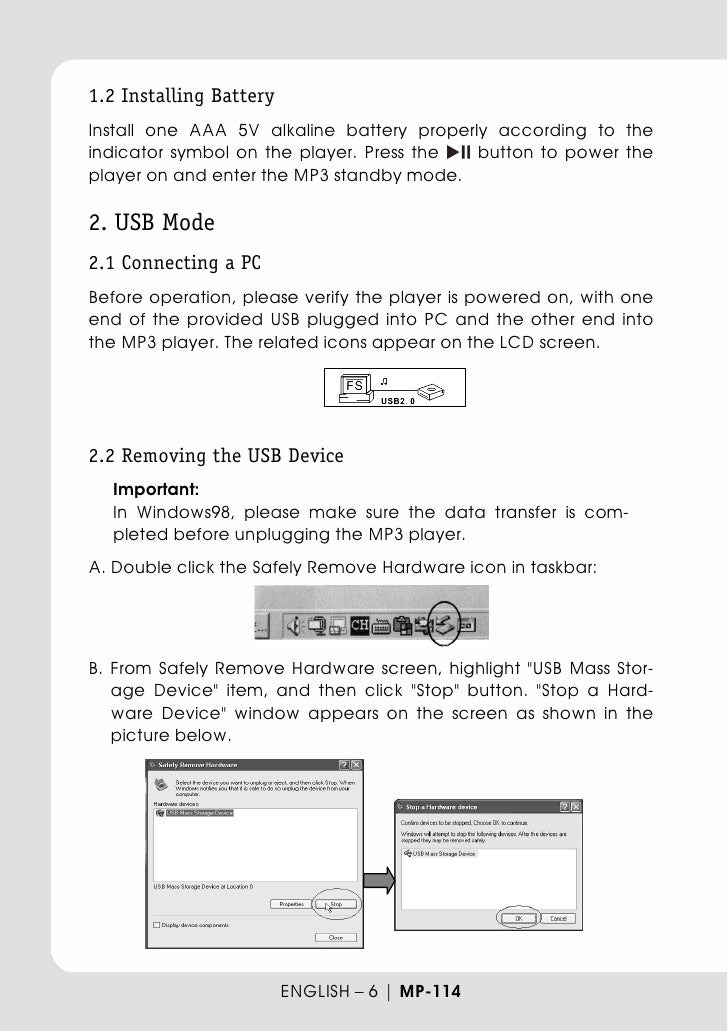Dspd USB Devices Driver Download For Windows
Click on a category below to download manuals, software updates and other documents for your TEAC product.
Search by Model Name
A - C
Select Update Driver. If Windows doesn't find a new driver, you can try looking for one on the device manufacturer's website and follow their instructions. Reinstall the device driver. In the search box on the taskbar, enter device manager, then select Device Manager. Right-click (or press and hold) the name of the device, and select Uninstall.
The port hardware must be capable of supporting the 2.0 or 3.0 standard to achieve the speed of 2.0 or 3.0. However, if the computer displays messages about connecting a USB 2.0 or 3.0 device into a higher speed USB port and you know a USB 2.0 or 3.0 port is on the computer, the USB controller drivers. If the device-specific driver is distributed through Windows Update, you can manually update the driver by using Device Manager. For more information about how to do this, see update drivers in Windows 10. If the device is not yet connected, first install the device-specific driver, such as by using the appropriate installer. Below you can find the available set of USB drivers to be used in conjunction with Telit EVK2 and/or Telit EVB, in order to thoroughly test the performance of Telit modules and all their accessories. Please refer to the appropriate documentation in order to connect and operate correctly with Telit devices. Go to the official site of the manufacturer Type the name and model of your device in the search box. Select your device and click the Support tab/button. You will get the download link for the specific USB Drivers for your device.
D - F
G - I
J - L
M - O
P - S
T - V
W - Z
Search by Category
Amplifiers, Receivers
Bluetooth®
Dspd USB Devices Driver Download For Windows
Cassette

CD Players
CD Recorders

Dspd Usb Devices Driver Download For Windows Xp
Compact Audio
D/A Converters
Distinction Series
Full-Size Component

Headphone Amplifiers
iPod-related Products
Network Audio
PC Audio
Reference Series
Speakers/Headphones
Tuners

Turntable System
This article helps to fix an issue in which Windows 10 doesn't install specific drivers for USB audio devices on the first connection.
Original product version: Windows 10, version 1703
Original KB number: 4021854
Symptom
When you connect a USB audio device to a Windows 10 Version 1703-based computer the first time, the operating system detects the device but loads the standard USB audio 2.0 driver (usbaudio2.sys) instead of the specific device driver.
Cause
This issue occurs because the USB audio 2.0 driver (usbaudio2.sys) isn't classified as a generic driver in Windows 10 Version 1703. Therefore, the system assumes that a compatible, nongeneric driver is installed for the device even though the driver is generic.
This issue also causes Windows 10 Version 1703 to postpone the search for other compatible drivers through Windows Update that typically occurs immediately after you install a new device.
Resolution
To fix this issue, use one of the following methods.
Method 1
To resolve this issue, install update 4022716.
Method 2
If the device-specific driver is distributed through Windows Update, you can manually update the driver by using Device Manager. For more information about how to do this, see update drivers in Windows 10.
Method 3
If the device is not yet connected, first install the device-specific driver, such as by using the appropriate installer. After the device-specific driver is installed, Windows 10 will select that driver instead of the standard USB audio 2.0 driver when you first connect the device.
Note
See the device manufacturer's user guide for specific instructions about how to install the driver.
Method 4
If the driver isn't distributed through Windows Update, you can manually reinstall the driver. To do this, follow these steps:
- Install the device-specific driver (see Method 2).
- Open Device Manager.
- Right-click (or tap and hold) the name of the device, and then select Uninstall.
- Restart the computer.
When it restarts, Windows will try to reinstall the device by using the device-specific driver.
